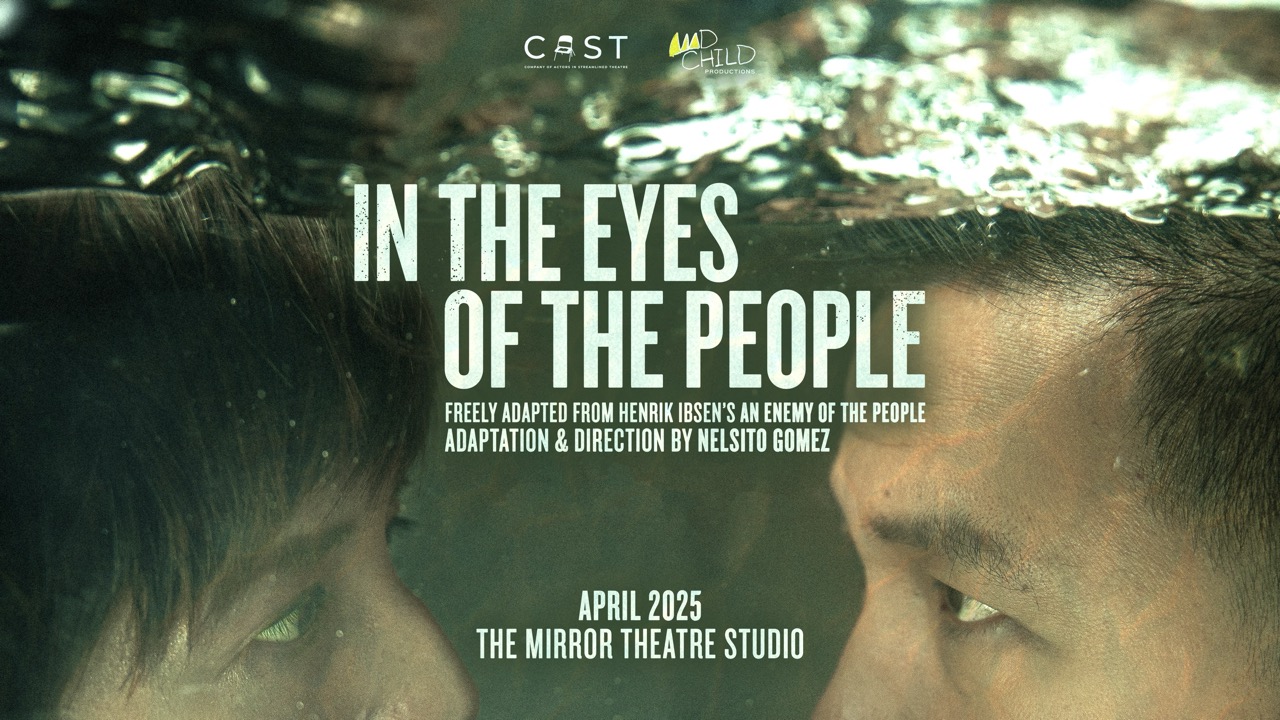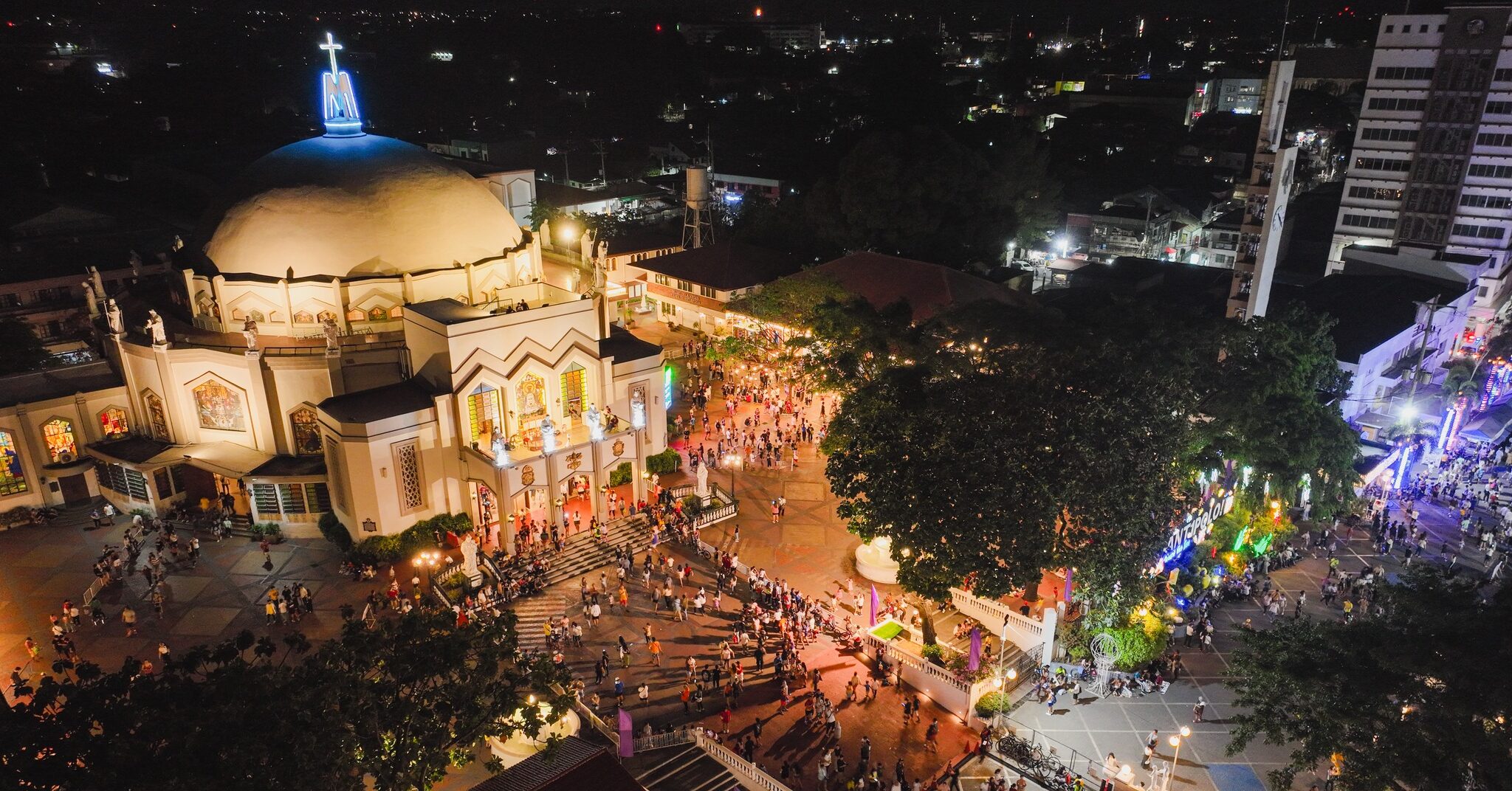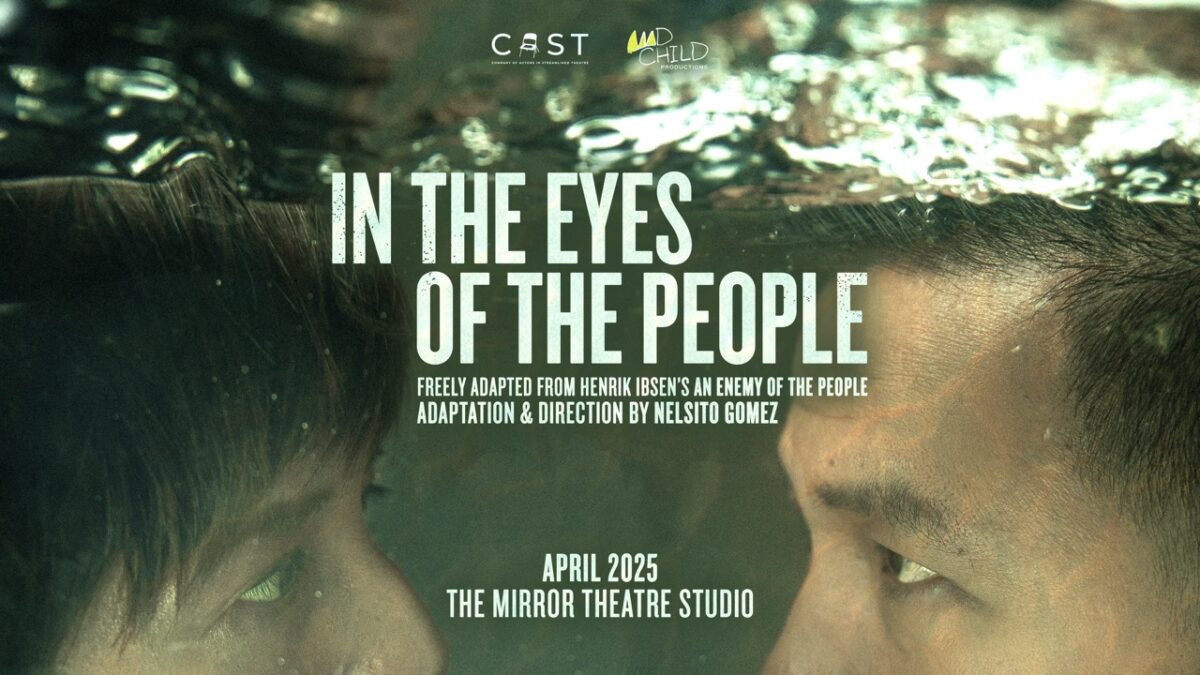Imagine living in the country’s most prestigious address but having to run to your garage, veranda, or worse, the sidewalk just to have a decent conversation on your cellphone.
This scene happens in Forbes Park, Makati City—home to the Philippines’ richest families, well-known industrialists, expats with a purpose and several embassies.
“The signal is really, really bad. Many times, you text people and they don’t get your text. Or they try to call but the call doesn’t get through even if your phone is on. I know there is definitely a need to improve the signal,” says a woman who grew up in and still lives in Forbes.
“In certain areas like where I live, if someone calls, the line is so choppy you can hardly hear the other person’s voice or the line gets cut. We have to go to the driveway or the garden since there are dead spots. Also, so much construction and tall buildings in The Fort (in Taguig City) hamper the signal. The village, in general, has poor coverage,” she tells Inquirer Lifestyle over the phone (while not inside the village).
On July 15, Wednesday, the Forbes Park Association (FPA), Inc. board of governors will count ballots submitted by property owners who have been asked whether or not they agree to the installation of outdoor distributed antenna systems (Odas) to be provided by Smart and Globe Telecom around the village’s 2.5 square kilometers.
Five days before that, the Forbes Barangay Council, considered the village’s political and government body, will call for a second public hearing on the Odas. The first was in April 2013.
Manuel A. Dizon, FPA vice president and a member of the FPA board of governors, tells Lifestyle he believes the July 10 meeting “is meant to inform the Forbes Park residents of the proposed Odas installation by the telcos.”
Dizon clarifies that his statements given to Lifestyle are his personal opinions and not given as FPA Governor; they are not official statements of FPA.
Observers consider the ongoing survey a showdown of sorts, saying the village has already been divided into “pros” supporting the Odas plan and “antis” that have consistently been vocal about health concerns that are believed to come with stronger telecom signals.
Odas serve as a network of small cell sites, usually installed in lampposts, which bring closer and stronger signal coverage for residents.
Low-power antennas
Odas are considered low-power antennas covering a smaller area compared to that of a traditional cell site. But put together as an interconnected system, they can cover more terrain than their taller cousins.
More Odas would greatly enhance the phone signal within Forbes and ultimately do away with embarrassing scenes of residents scampering for a signal outdoors, supporters insist.
Forbes residents have been complaining about poor or weak mobile signals because there is no “clear line of sight,” given the high buildings in the vicinity, the heavy use or the lack of a nearby cell site.
The survey covers all the households in Forbes. Its result will determine whether or not to grant the two telcos certificates of clearance to set up the Odas.
The law requires these certificates as an indication that the residents agree to the installations.
So far, the FPA has distributed three booklets discussing the pros and cons of the Odas.
One booklet titled “The Pros” says Smart now has five Odas while Globe has seven. The plan is for Smart to put up 11 more and Globe, an additional 29.
FPA president Rodolfo D. Robles, in a message to fellow residents, recalls that the board had already approved, as early as December 2012, the proposal submitted by Smart and Globe to install the Odas within the village. This proposal, he notes, had been submitted six months earlier.
Robles adds that residents discussed the proposal, “balancing the risk to health and a better phone signal” in a public hearing in April 2013 “where unfortunately, only very few came.”
To resolve the issue, the FPA board has decided to do the survey.
Individuals who support the installation maintain that better phone signals would benefit both family life and business in Forbes.
“Forbes Park residents are heavy data users,” according to “The Pros.”
Observers add that usage peaks at night, especially for live streaming of entertainment content.
A senior female resident who requested anonymity says a good signal is necessary for elder residents using hand-held health monitoring devices. “They can’t have this medical necessity without a cell signal,” she stresses.
The source adds that most homes in Forbes accommodate the “second, third and even fourth-generation progeny. These millennials cannot function without connectivity.”
Next village
Instead, they “have to leave their homes, go to the next village or elsewhere to do their schoolwork, stay in touch or even do their work,” she notes.
“And residents still active in business? We end up staying late in our offices, sacrificing domestic obligations to continue work-related correspondence that requires good and consistent wireless connectivity,” she concludes in an email to Lifestyle.
Dizon notes in a separate email that institutions, including the American Cancer Society, US Federal Commission on Communication, the World Health Organization, International Agency for Research on Cancer, Cancer.org, the International Commission on Non-Ionizing, Radiation Protection, and the Department of Health (DOH) “have declared that the Odas are safe.”
“So far no empirical and verifiable evidence has been presented by the ‘Antis’ to disprove the assertions of these international bodies,” he observes.
“So the question really is, who to believe? Most of us among the ‘Pros’ want to embrace the future with safe signals which can be achieved only with better infrastructure. Health concerns have already been addressed by the accredited international institutions, including our own DOH. At the end of the day the homeowners will have to decide who to believe. Our hope is that the residents will concentrate on factual information and disregard the emotional appeals,” he adds.
“The Pros” even acknowledge the oft-told story among residents that several neighbors living on one specific street in nearby Dasmariñas Village have developed cancer because of power lines in the area.
“To compare power emissions of the Odas to that of overhead power distribution lines like those that affect sections of Tamarind Road is like comparing the power of a Formula One sports car to a wheelbarrow… Odas power emissions are lower than your baby monitor,” the booklet insists.
It also assures that more Odas in the village would not negatively affect real property values.
“Inversely, it is the absence of mobile signals that can cause many homeowners to lose prospective tenants who refuse to be hampered by weak mobile signals or pay for expensive indoor devices just to get connected,” the booklet states.
Not so, counter the naysayers.
‘Attendant health risk’
Another booklet also distributed by the FPA titled “The Concerns” asserts that the mere perception of “attendant health risk” is enough to reduce the value of a house near an ODA.
“Other villages like Corinthian Gardens and Loyola Grand Villas have already said NO to cell towers/Odas, or like La Vista, are in litigation about the issue,” it notes.
“Manila Polo Club had one years ago, but it was taken down due to members’ concerns about the serious health risks. Specifically, a staff member reported the cell antenna was interfering with senior members’ pacemakers,” it relates.
This booklet also points out that Odas have already been installed in adjacent Dasmariñas Village “but we continue to hear complaints from residents about their unsatisfactory cellphone signals.”
Those against Odas also assert that once erected, it would be difficult to prove that they emit radiation within the limits set by regulators.
“Radiation emissions will depend on the volume of calls passing through the Odas, which fluctuate and are unpredictable,” the booklet notes.
And then a warning: allegedly, the DOH certified the safety of Odas in Dasmariñas Village.
However, “The Concerns” adds that the DOH also stated in a testimony given in a civil case at the Makati Regional Trial Court that there is “no scientific research” indicating “any adverse health effect from long-term exposure to extremely low frequency magnetic fields in spite of conflicting testimony from an independent scientist” summoned as a witness.
“With the unusually high number of cancer cases (at least 14 documented) and deaths from cancer along Tamarind Road in Dasmarinas Village located close to high-voltage Napocor power lines which are the subject of the case… we question the credibility of such an office,” say those against the Odas.
Instead of Odas, “The Concerns” suggests the use of indoor devices “proven more effective in solving the problem at its source.”
These would include femtocells that Smart and Globe provide to “some select customers;” Nextivity Cel-Fi that is not yet being distributed by both telcos; and picocells that the telcos distribute to office buildings for “excellent signals” like those reportedly enjoyed in RCBC Plaza and NET One building.
A non-resident privy to the Odas issue points out that one of the telcos had already blamed the radio-frequency identification (RFID) sensors installed at the gates of Forbes and Dasmarinas for interfering with phone signals.
Apparently, the RFID causes massive interference, making it difficult for the residents to finish their calls or to make one in the first place.
Odas, the non-resident adds, could be helpless against the RFID sensors that act like signal jammers.
This early, the senior female resident notes with confidence that the “antis” are a minority in the more than “600 lot owners entitled to vote… And as with most new ideas, the few who are most vehemently against it tend to be the noisiest.”
She adds that after both sides have been heard through the booklets, “our pulse is that majority of the homeowners are pleased to have received these and have fully understood both sides of the matter. Some even sought further clarification… and found their concerns allayed.”
Among the pros are business leaders Fernando Zobel de Ayala and Washington Sycip. Zobel has written a letter to the residents explaining the merits of the installations.
Dizon hints he is not happy that the Odas issue has forced neighbors to take sides.
“Frankly speaking, it is not an easy choice. Personally and philosophically I anchor my arguments on why you ride an airplane or cross the street. In these instances, the plane could crash or you could be run over by a careless driver. We do it because statistically it is irrelevant,” he says.
“There are 4.5 billion users of mobile phones throughout the world who embrace this modern technology, and the ‘Antis’ have not been able to provide any empirical evidence that the cell signals have harmed anyone,” he reiterates.
“It is only in the realm of maybe, baka or possibly. If the world is to act on this basis, it would probably stand still or we will all go back and live in the Stone Age,” Dizon warns.










































